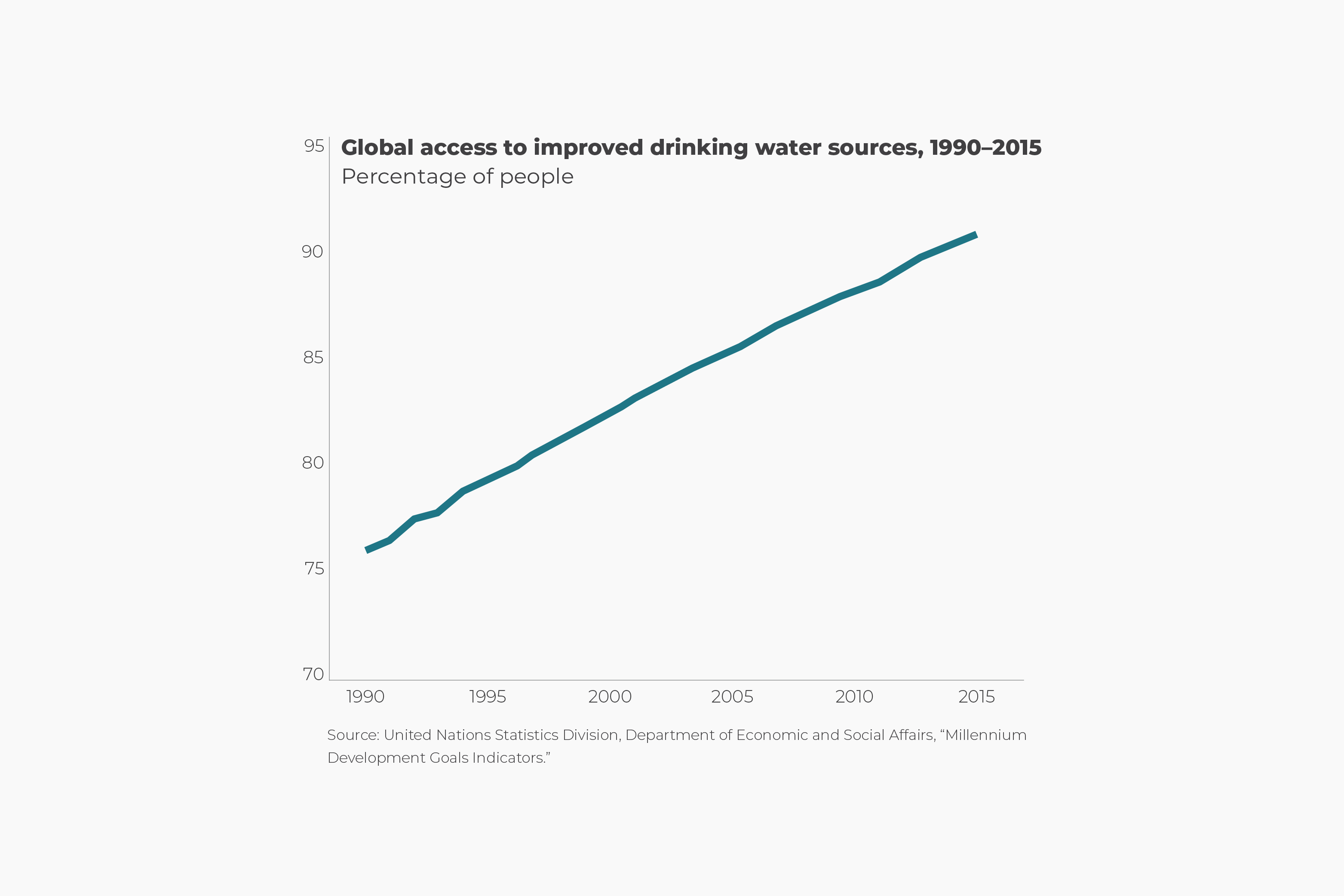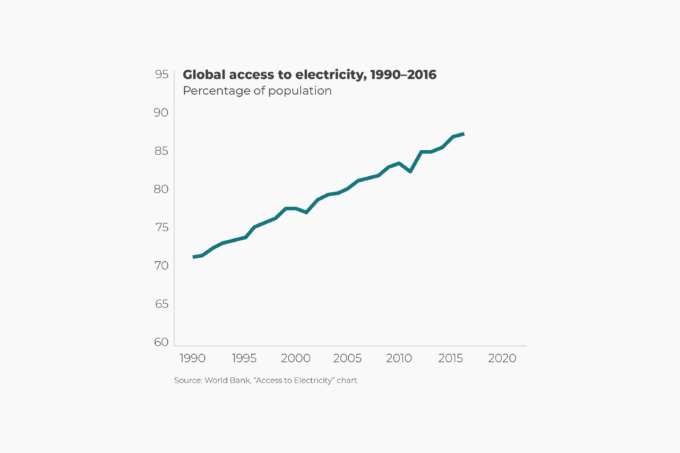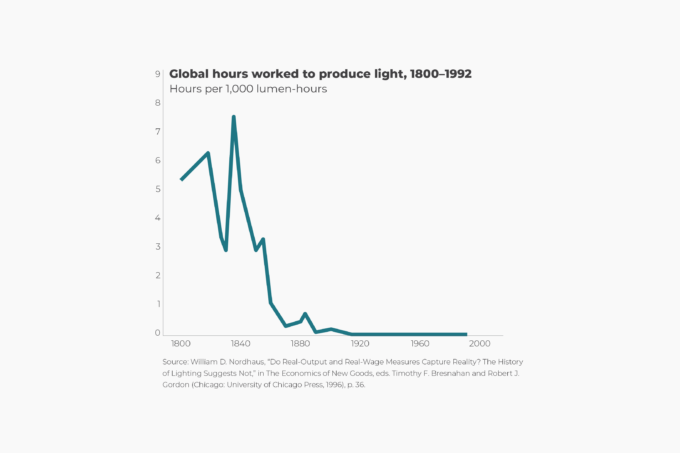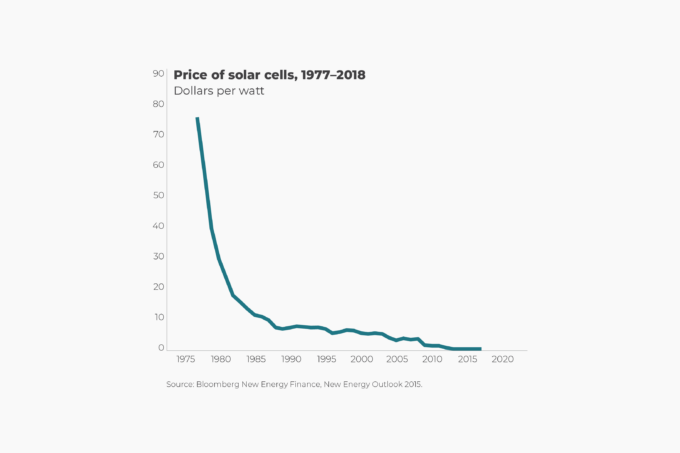Before the 19th century, people didn’t know about the germ theory of disease. Consequently, most people paid little attention to the water they drank. The results were often catastrophic, since contaminated water spreads infectious diseases, including dysentery, typhoid, polio, and cholera. Consider the 1854 cholera outbreak in London. The city lacked adequate sanitation infrastructure. Cowsheds and slaughterhouses lined the city’s streets. Animal droppings and discarded carcasses added to human waste that often overwhelmed primitive sewers beneath the city’s streets.
London was then supplied with drinking water by two water companies. The first drew its water from the Thames upstream of the city. The second drew its water from the Thames downstream of the city. After cholera broke out, John Snow, an English physician, found higher concentrations of the disease in those parts of London that were supplied by the second water company. He hypothesized that cholera spread via contaminated water. Snow’s discovery inspired the construction of improved sanitation facilities in industrializing countries of the 19th century and continues to influence public health initiatives in the developing world today.
That’s clearly necessary. According to the World Health Organization’s estimates, 361,000 children under the age of five died in 2015 because of inadequate sanitation and lack of access to clean water. Much progress is, nevertheless, being made. Between 1990 and 2015, access to improved water sources rose from 76 percent of the world’s population to 91 percent. That amounts to 2.6 billion people, or over a third of the world’s population. Put differently, 285,000 people have gained access to clean water each day over that period. Consequently, the number of people without access to clean water has fallen from 1.26 billion to 666 million.








